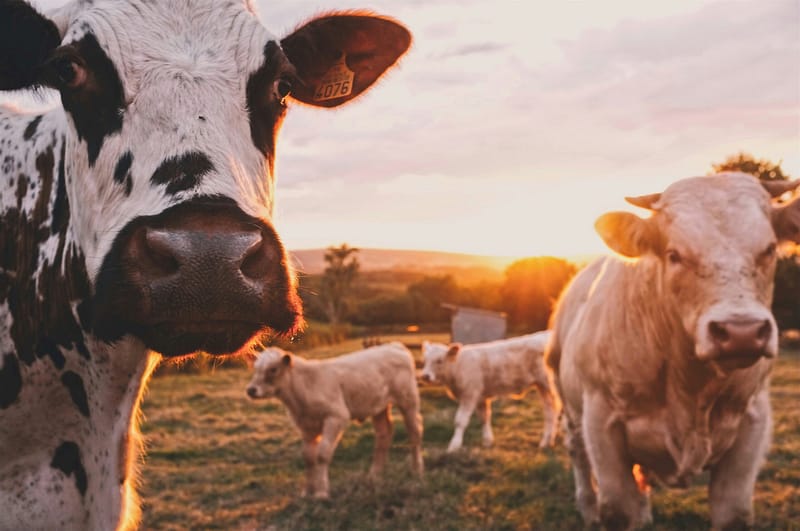
3504 County Road CR., Manitowoc, WI 54220
1-888-444-2030 | 920-682-0264 | Fax: 920-273-6049
The Smartbacteria & Nutrition Company™
The Smartbacteria & Nutrition Company™
3504 Country Road CR., Manitowoc, WI 54220
1-888-444-2030 | 920-682-0264 | Fax: 920-682-1155